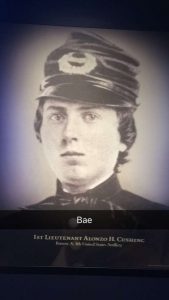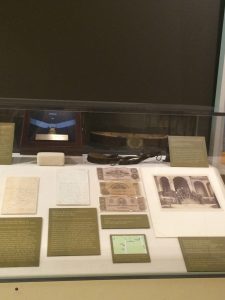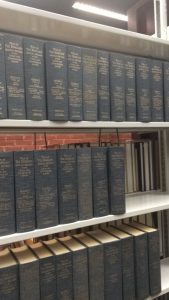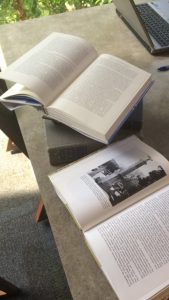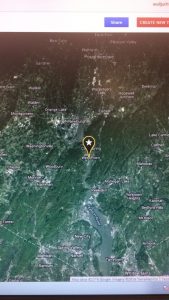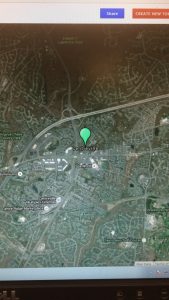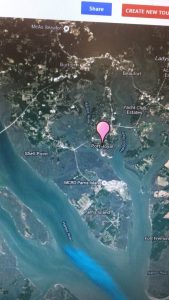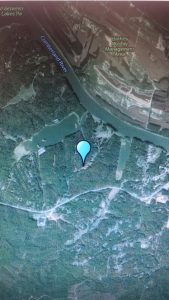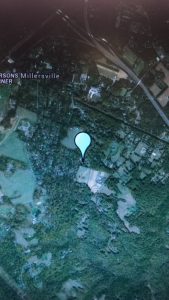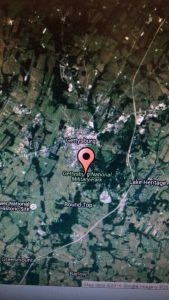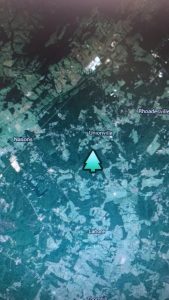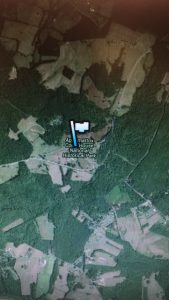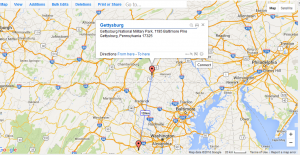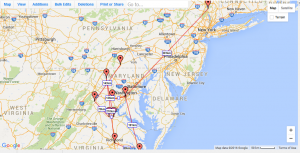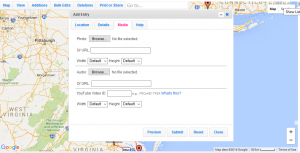Usually when asked about the 4th of July, people think about fireworks, barbecue, and other activities to celebrate the freedom bestowed upon us from the tyranny of Great Britain. Readings of the Declaration of Independence were prominent on its 245th anniversary.
I have a Fourth of July reading that you won’t see from the steps of the Lincoln Memorial. It’s called What to the Slave is the Fourth of July?, an address given by Frederick Douglass at a Fourth of July celebration in 1852. In 1852, the Civil War hadn’t started, nor had slavery been fully abolished.
With the resounding words “This Fourth of July is yours, not mine.” Douglass highlighted the great hypocrisy of America and her people. For how could a nation claim to be free when half of it holds fellow men in bondage?
This is relevant today in the discussion of American freedom and liberty. Douglass brings up the reality that our founding fathers, the men who built this nation were mostly slave owners.
“Washington could not die till he had broken the chains of his slaves. Yet his monument is built up by the price of human blood, and the traders in the bodies of souls and men shout-“We have Washington to our father.””
Part of being a citizen of any nation is realizing and accepting your history. To sweep slavery, genocide, and racial discrimination under the grand rug of the history of the United States of America is an injustice and mockery to the very concept of freedom. We must acknowledge that at one time, America was not free because others were enslaved. I do not say this to create guilt or out of a lack of patriotism, I say this because it is something that our nation needs to acknowledge and once we do, we can move forward unto a new birth of freedom.
-Julia


